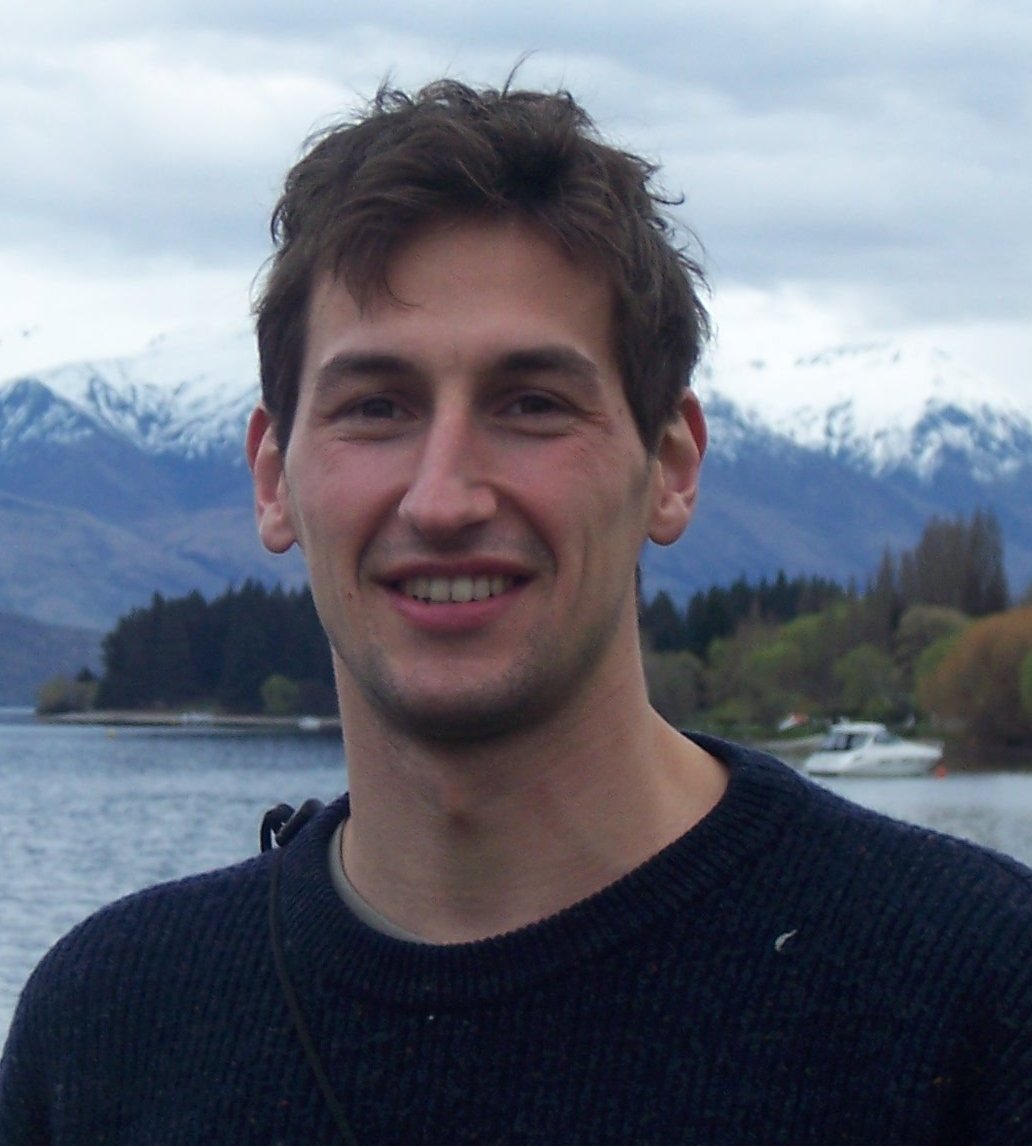|
|
Florent Lafarge
Chercheur permanent, INRIA
 Mots-clés : Géométrie stochastique, Champs Markoviens, MCMC, Texture, Batiments / Urbain, Reconstruction 3D Mots-clés : Géométrie stochastique, Champs Markoviens, MCMC, Texture, Batiments / Urbain, Reconstruction 3D
 Démos : voir les démos de l'auteur Démos : voir les démos de l'auteur
 Contact : Contact :
| E-Mail : | | florentdotlafargeatinriadotfr | | Téléphone : | | (33)4-92-38-77-31 | | Fax : | | (33)4-92-38-76-43 | | Adresse : | | INRIA Sophia Antipolis
2004, route des Lucioles
06902 Sophia Antipolis Cedex
France | | Site personnel : | | visitez ! |
|

|  Dernières publications dans le projet Ariana : Dernières publications dans le projet Ariana :
Building large urban environments from unstructured point data.
F. Lafarge et C. Mallet. Dans Proc. IEEE International Conference on Computer Vision (ICCV), Barcelona, Spain, novembre 2011.
@INPROCEEDINGS{lafarge_iccv11,
|
| author |
= |
{Lafarge, F. and Mallet, C.}, |
| title |
= |
{Building large urban environments from unstructured point data}, |
| year |
= |
{2011}, |
| month |
= |
{novembre}, |
| booktitle |
= |
{Proc. IEEE International Conference on Computer Vision (ICCV)}, |
| address |
= |
{Barcelona, Spain}, |
| pdf |
= |
{http://ieeexplore.ieee.org/xpls/abs_all.jsp?arnumber=6126353}, |
| keyword |
= |
{} |
| } |
Generating compact meshes under planar constraints: an automatic approach for modeling buildings lidar.
Y. Verdié et F. Lafarge et J. Zerubia. Dans Proc. IEEE International Conference on Image Processing (ICIP), Brussels, Belgium, septembre 2011.
Mots-clés : 3D-Modeling, shape analysis, Mesh processing.
@INPROCEEDINGS{VerdieICIP11,
|
| author |
= |
{Verdié, Y. and Lafarge, F. and Zerubia, J.}, |
| title |
= |
{Generating compact meshes under planar constraints: an automatic approach for modeling buildings lidar}, |
| year |
= |
{2011}, |
| month |
= |
{septembre}, |
| booktitle |
= |
{Proc. IEEE International Conference on Image Processing (ICIP)}, |
| address |
= |
{Brussels, Belgium}, |
| url |
= |
{http://hal.inria.fr/inria-00605623/fr/}, |
| keyword |
= |
{3D-Modeling, shape analysis, Mesh processing} |
| } |
Abstract :
We present an automatic approach for modeling buildings from aerial LiDAR data. The method produces accurate, watertight and compact meshes under planar constraints which are especially designed for urban scenes. The LiDAR point cloud is classified through a non-convex energy minimization problem in order to separate the points labeled as building. Roof structures are then extracted from this point subset, and used to control the meshing procedure. Experiments highlight the potential of our method in term of minimal rendering, accuracy and compactness |
A Marked Point Process for Modeling Lidar Waveforms.
C. Mallet et F. Lafarge et M. Roux et U. Soergel et F. Bretar et C. Heipke. IEEE Trans. Image Processing, 19(12): pages 3204-3221, décembre 2010.
Mots-clés : Clustering algorithms, Image color analysis, Image edge detection, Image segmentation, Monte Carlo Sampling, Object-based stochastic model.
@ARTICLE{mallet_tip2010,
|
| author |
= |
{Mallet, C. and Lafarge, F. and Roux, M. and Soergel, U. and Bretar, F. and Heipke, C.}, |
| title |
= |
{A Marked Point Process for Modeling Lidar Waveforms}, |
| year |
= |
{2010}, |
| month |
= |
{décembre}, |
| journal |
= |
{IEEE Trans. Image Processing}, |
| volume |
= |
{19}, |
| number |
= |
{12}, |
| pages |
= |
{3204-3221}, |
| url |
= |
{http://dx.doi.org/10.1109/TIP.2010.2052825}, |
| keyword |
= |
{Clustering algorithms, Image color analysis, Image edge detection, Image segmentation, Monte Carlo Sampling, Object-based stochastic model} |
| } |
Abstract :
Lidar waveforms are 1D signals representing a train of echoes caused by reflections at different targets. Modeling these echoes with the appropriate parametric function is useful to retrieve information about the physical characteristics of the targets. This paper presents a new probabilistic model based on a marked point process which reconstructs the echoes from recorded discrete waveforms as a sequence of parametric curves. Such an approach allows to fit each mode of a waveform with the most suitable function and to deal with both, symmetric and asymmetric, echoes. The model takes into account a data term, which measures the coherence between the models and the waveforms, and a regularization term, which introduces prior knowledge on the reconstructed signal. The exploration of the associated configuration space is performed by a Reversible Jump Markov Chain Monte Carlo sampler coupled with simulated annealing. Experiments with different kinds of lidar signals, especially from urban scenes, show the high potential of the proposed approach. To further demonstrate the advantages of the suggested method, actual laser scans are classified and the results are reported. |
|
 Liste complète des publications dans le projet Ariana
Liste complète des publications dans le projet Ariana
|
|


